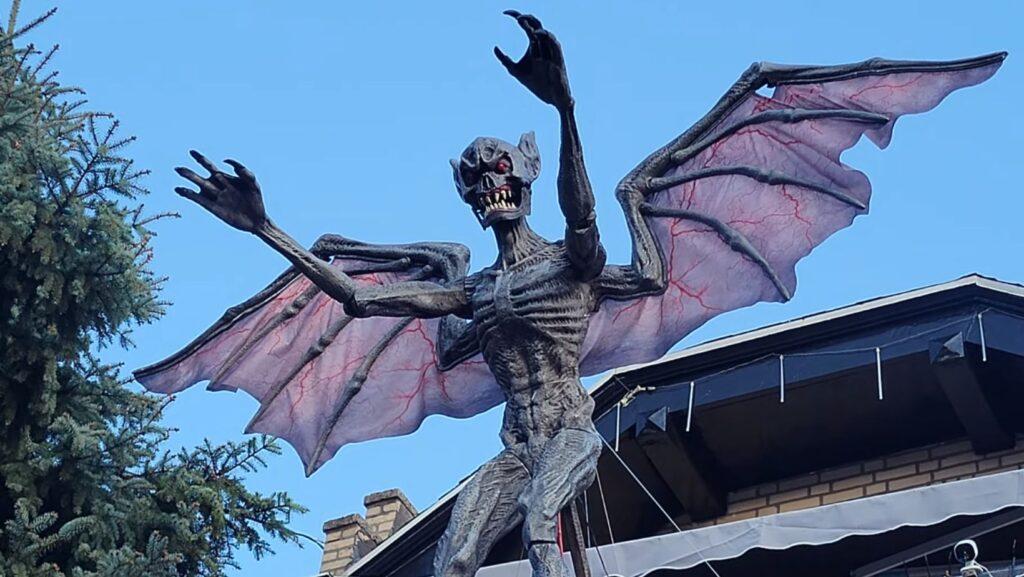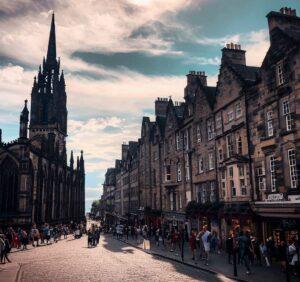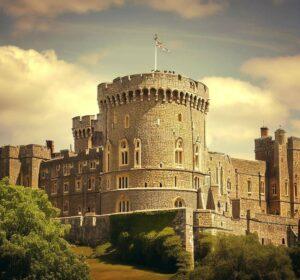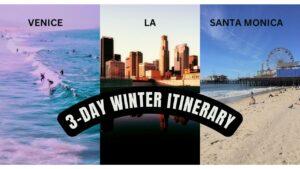Halloween in New York is a spooky celebration that is celebrated annually on October 31st. The holiday originated from the ancient Celtic festival of Samhain, which was celebrated on November 1st. The Celts believed that on the night before the new year, the boundary between the worlds of the living and the dead became blurred.
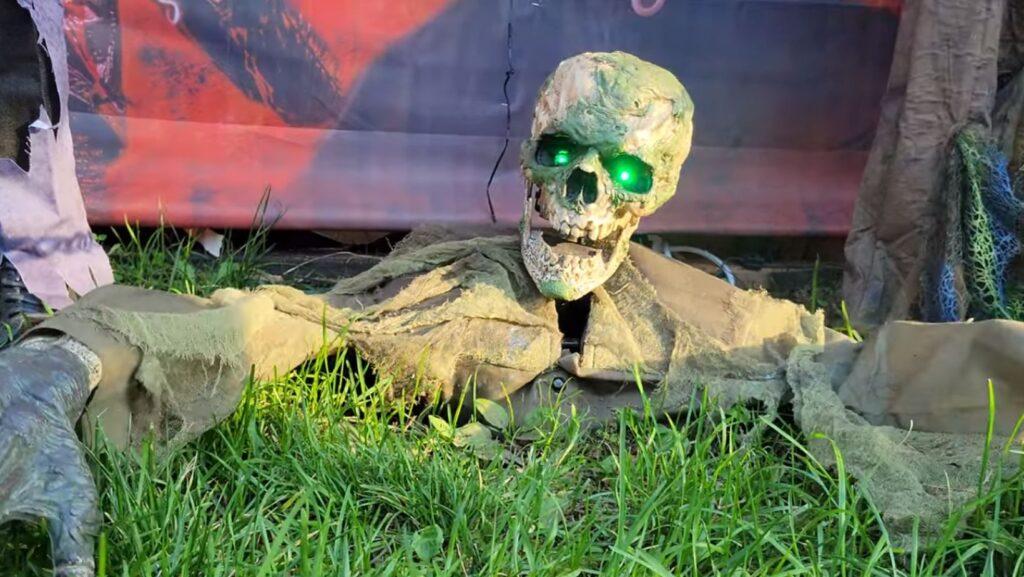
They would light bonfires and wear costumes to ward off ghosts. The tradition was later incorporated into All Saints Day, which was designated by Pope Gregory III in the eighth century to honor all saints.
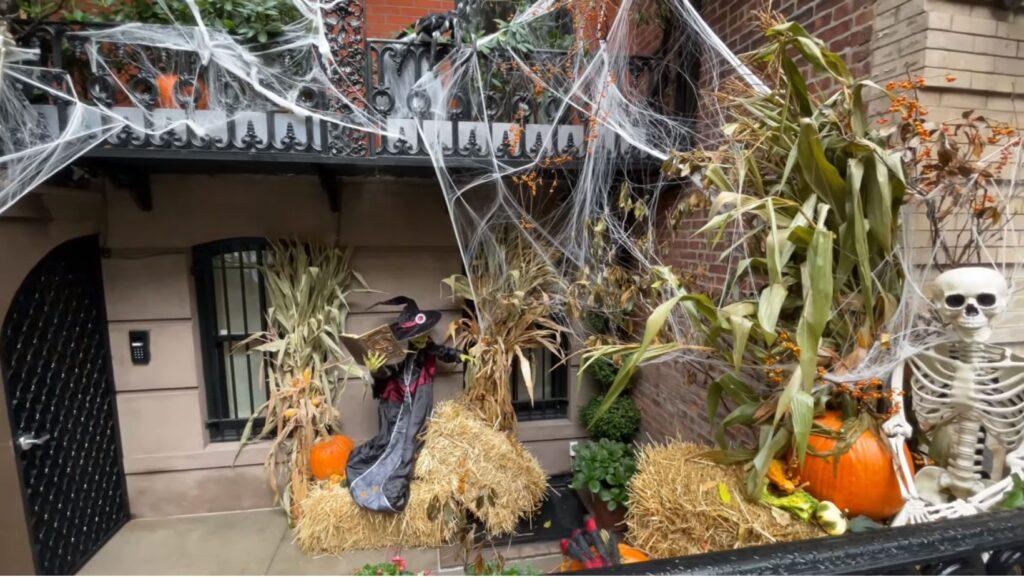
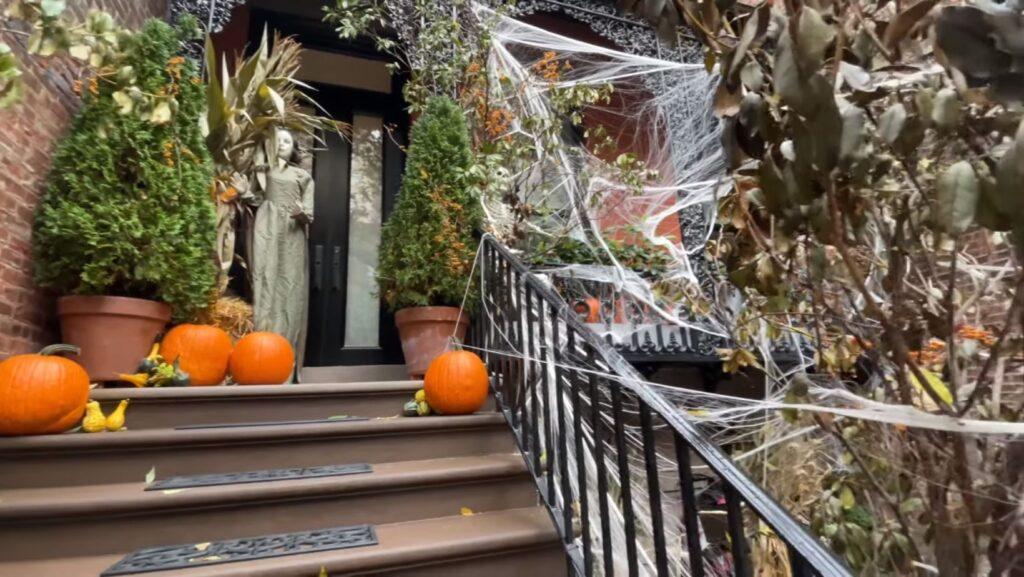
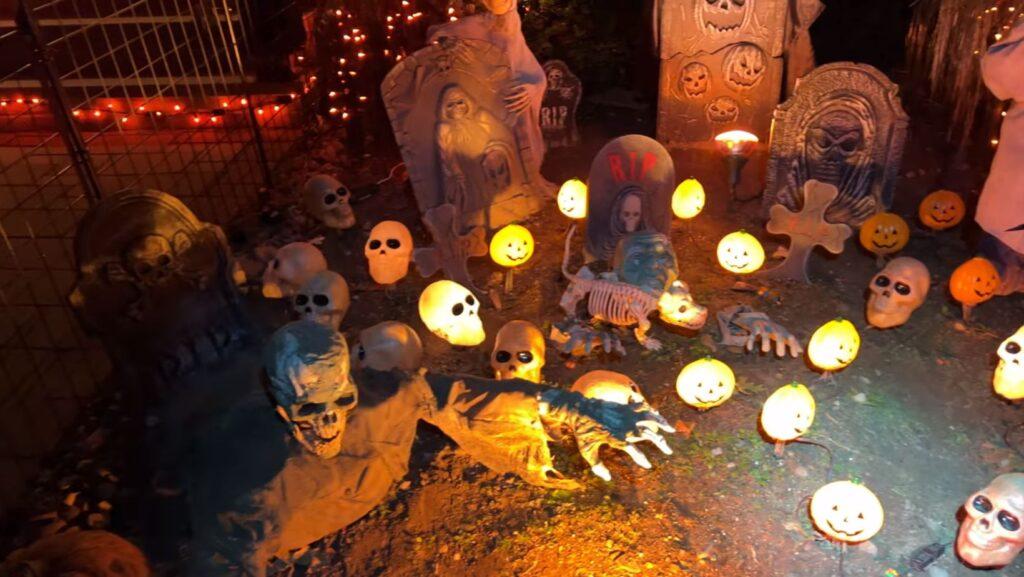
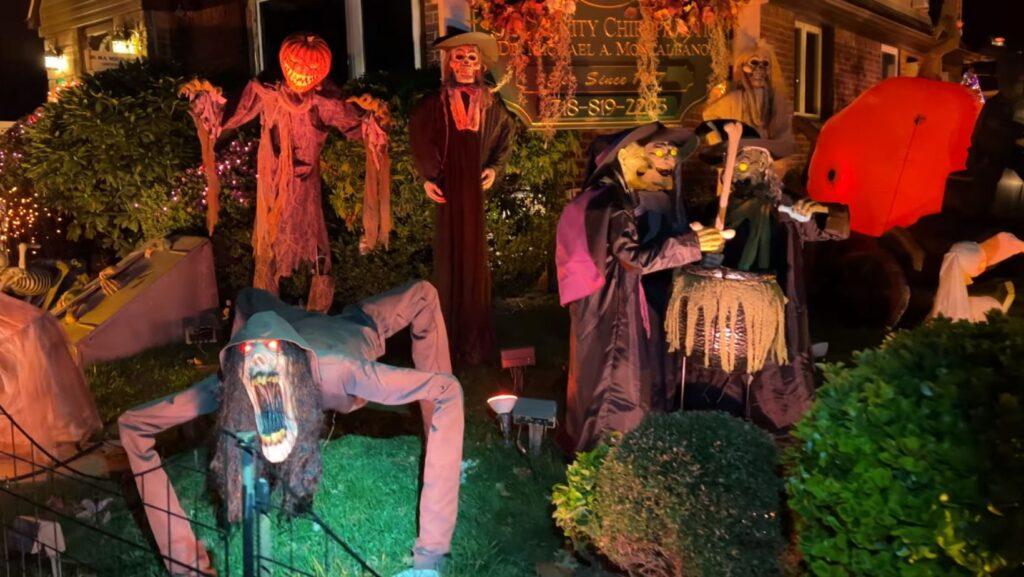
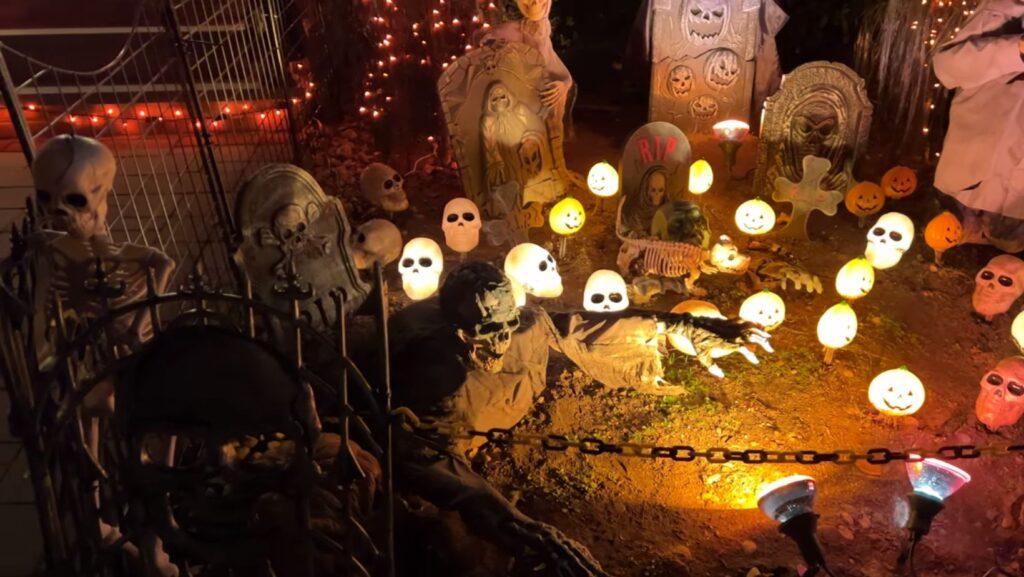
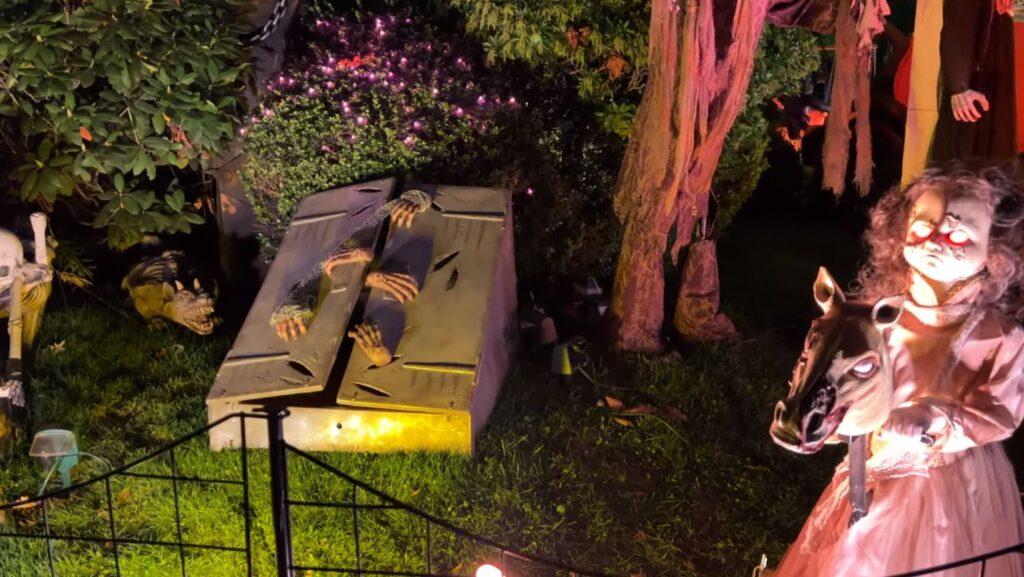
Origins of Halloween
Halloween has its roots in the ancient Celtic festival of Samhain (pronounced sow-in), which marked the end of the summer and the harvest season, and the beginning of the dark and cold winter. The Celts believed that on this night, the boundary between the living and the dead became blurred, and the spirits of the deceased could return to earth and cause mischief or harm. To ward off these ghosts, the Celts would light bonfires and wear costumes made of animal skins or heads.
When the Romans conquered the Celtic lands, they incorporated some of their own festivals into Samhain. One of them was Feralia, a day in late October when the Romans remembered their dead. Another was Pomona, a festival dedicated to the goddess of fruits and trees, whose symbol was an apple.
In the eighth century, Pope Gregory III declared November 1st as All Saints’ Day, a time to honor all the holy people who had died. The night before became known as All Hallows’ Eve, which was later shortened to Halloween.
As Christianity spread to other parts of Europe, Halloween also mixed with other local traditions and folklore. For example, in Ireland, people believed that a fairy called Stingy Jack tricked the devil several times and was not allowed to enter either heaven or hell after he died. He was doomed to wander the earth with a lantern made from a turnip and coal.
In England, people celebrated Guy Fawkes Night on November 5th, which commemorated the failed attempt by a group of conspirators to blow up the Parliament and King James I in 1605. They would light bonfires and burn effigies of Guy Fawkes, one of the plotters.
Traditions of Halloween
Halloween was brought to America by immigrants from Ireland and Scotland in the 19th century. They adapted some of their old customs to their new environment, such as using pumpkins instead of turnips for jack-o-lanterns.
Halloween became more popular and commercialized in the 20th century, especially after World War II. It was seen as a time for children to have fun and express their creativity. Candy companies began to produce special Halloween-themed products, such as candy corn, chocolates, and lollipops.
Halloween is celebrated in many countries around the world, with different variations and adaptations. Activities include:
Trick-or-treating: Children dress up in costumes and go from door to door asking for candy or other treats. They usually say “trick or treat”, meaning that they will perform a trick or prank if they do not get a treat.
Carving jack-o-lanterns: People carve faces or designs on pumpkins and place candles inside them. They display them outside their homes or windows to create a spooky atmosphere.
Decorating homes: People use various items such as spider webs, skeletons, witches, bats, ghosts, etc., to decorate their homes or yards with a Halloween theme.
Watching Horror Movies: People enjoy watching scary movies or shows on TV or online platforms. Some popular examples are The Exorcist, The Shining, The Conjuring, etc.
Attending parties: People gather with their friends or family members to have fun and celebrate Halloween. They may play games, tell stories, dance, eat food, etc.
Visiting haunted attractions: People go to places that are designed to scare or thrill them with special effects, actors, props, etc. Some examples are haunted houses, corn mazes, carnivals, etc.
Costumes of Halloween
One of the most exciting and creative aspects of Halloween is choosing a costume to wear. There are no rules or limits to what one can dress up as, as long as it is appropriate and respectful.
People like to dress up as something scary, such as a vampire, a zombie, a witch, a ghost, etc. Some people like to dress up as something funny, such as a clown, a banana, a taco, etc. People like to dress up as something cute, such as a fairy, a unicorn, a cat, etc. People like to dress up as something inspired by pop culture or current events, such as a superhero, a movie character, a celebrity, etc.
People like to make their own costumes from scratch, using materials such as fabric, cardboard, paper, glue, paint, etc. They may use their imagination or follow online tutorials to create their costumes. People like to buy or rent their costumes from stores or online platforms. They may choose from a wide range of options and prices. People like to mix and match different items from their wardrobe or accessories to create their costumes. They may use makeup, wigs, hats, masks, etc., to enhance their look.
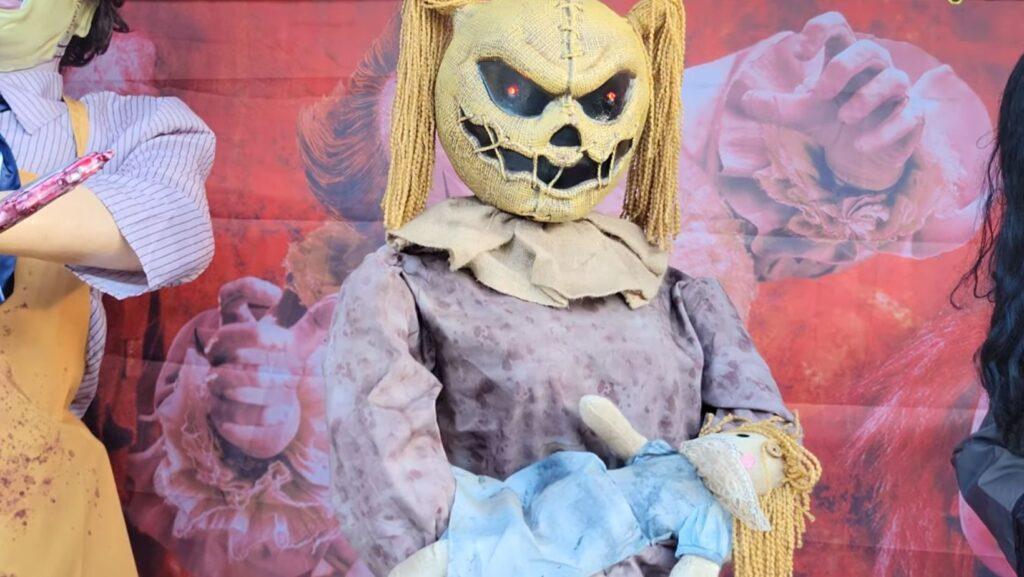
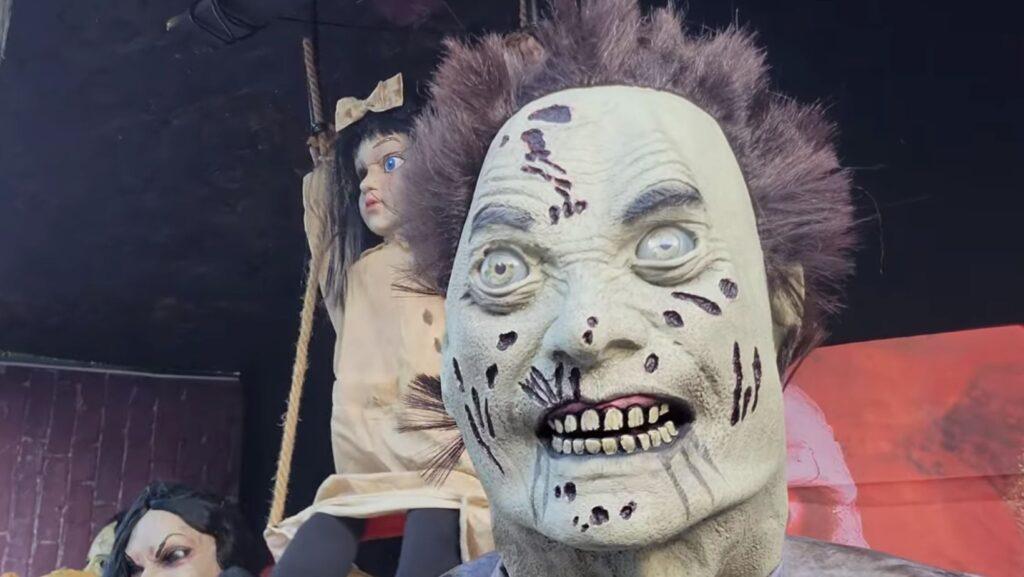
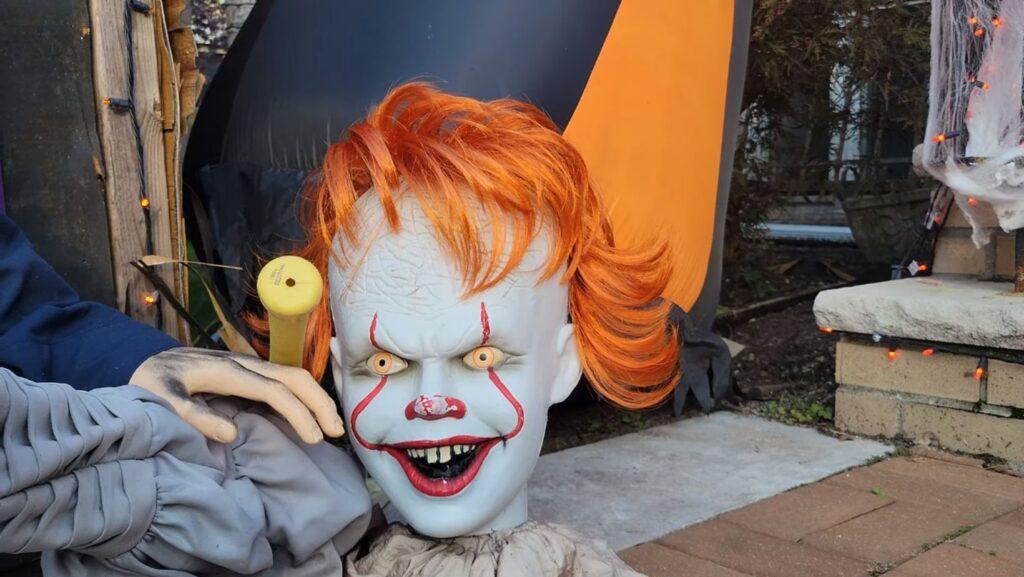
Whatever the choice of costume is, the main goal is to have fun and express one’s personality and creativity.
Halloween is a fascinating and enjoyable holiday that has a rich and diverse history and culture. It is a time to celebrate life and death, fear and fun, tradition and innovation. It is a time to dress up and be someone else for a night. It is a time to share treats and tricks with others. It is a time to enjoy the magic and mystery of the spooky season.
